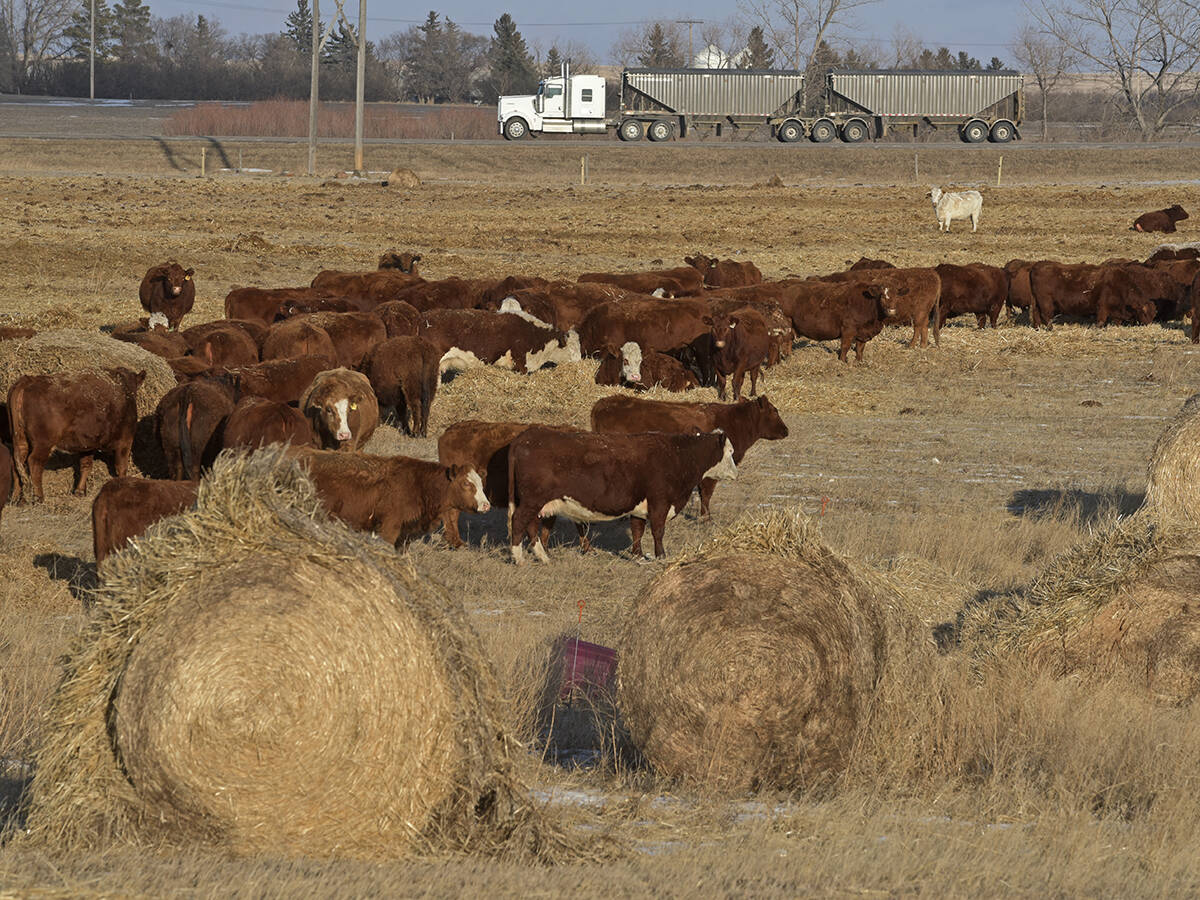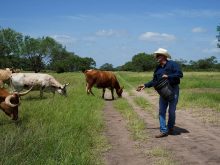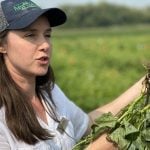RED DEER, Alta. – Alberta’s two major pork processors say within the next five years, they will only buy pigs from quality assurance farms.
Canada has a 30 percent pork surplus and it must protect not only its domestic market, but export sales by providing proof that its product is free of flaws.
If buyers have doubts about quality or safety of Canadian pork they’ll leave in swarms, producers were told at the recent Alberta Pork Congress in Red Deer.
The Canadian Pork Council wants to see all pork producing provinces sign on to a quality assurance program.
Read Also

Canadian Cattle Association hopeful of agreement with Alberta group
The Canadian Cattle Association is optimistic the two parties will work through the issues ABP identified and resolve them before the July 1, 2026, withdrawal date.
Bill Ballantyne of Gainers Inc. said companies are driven to join quality assurance programs because without it they could lose customers.
“There are no rewards for doing the right things. There are penalties for doing things wrong,” said Ballantyne.
Quality control programs can prevent a repeat of an incident in November 1994 when Japanese health officials found pork from Canada with unacceptable levels of the antibiotic, chlorotetracycline. The entire shipment worth $160,000 was condemned and returned to Canada. The Manitoba Hog Board absorbed the cost but the company responsible for the load lost a customer and had to find new market outlets.
“Quality is never coincidental. It is the result of following certain procedures,” said Matt Schoonderwoerd, meat hygiene specialist with Alberta Agriculture.
Alberta’s Quality Pork program is a voluntary system running for two months. It involves 60 co-operating producers in the trial run and demands strict records on everything that happens on the farm. Producers are advised to develop a procedures manual for employees to create consistency in farm practices.
The producer is asked to document for the packer that each load of hogs carries no drug residues, disease or broken needles. After slaughter, producers will receive graphs reporting how their pigs measured as well as a comparison to hogs from other farms.
So far, Fletcher’s Fine Foods is working with the farmers and Gainers plans to join soon.
It’s hoped the system will enable packers and producers to trace the meat back through the processing system and show which hogs carried drug residues, bruises, skin problems, liver lesions or other traces of disease like pneumonia.
Ideally a producer will be able to correct problems like recurring pneumonia because poor health affects growth.
A thorny issue for some producers is that they don’t get paid more for complying with the program.
“It is a concern for producers who do all the right things and don’t get anything extra for it,” said Schoonderwoerd.
“The producer has to be convinced that there is something in it for him,” he said.















